Topics
Category
Era
Ramsey, Alexander (1815–1903)
Alexander Ramsey was Minnesota’s first territorial governor (1849–1853), second state governor (1860–1863), and a US senator (1864–1875). Although he directly contributed to the founding and the growth of Minnesota, he also played a major role in removing the area's Indigenous people—the Dakota and Ojibwe—from their homelands.
Ramsey was born on September 8, 1815, in Hummelstown, Pennsylvania. He participated in local politics as a young man and followed closely the events at the statehouse in Harrisburg. His interest in government prompted him to study law, and in 1839 he was admitted to the Pennsylvania bar.
Ramsey joined the Whig party and became a rising star in Pennsylvania politics. He was a delegate to the Whig national convention in 1840 and in 1843 began the first of two terms in the US House of Representatives. In 1845, he married Anna Jenks, whose father was a Congressman from Pennsylvania. The couple had three children. Their two sons, Alexander and William, died in childhood, but their daughter, Marion, survived into adulthood.
In 1848, Ramsey campaigned in Pennsylvania for Zachary Taylor, the Whig nominee for president. He played a crucial role in Taylor’s win. The new president rewarded Ramsey by appointing him governor of the recently organized Minnesota Territory. Ramsey was reluctant to leave Pennsylvania but realized the move would benefit his career.
In May 1849, Ramsey arrived in Minnesota to begin his position as governor and superintendent of Indian Affairs. The government’s most urgent task was to remove Dakota and Ojibwe people from the land and open it for settler-colonists who were flooding into the territory. When the Treaties of Traverse des Sioux and Mendota were signed with the Dakota in 1851, Ramsey played a key role in obtaining the signatures of Dakota leaders. Several Dakota alleged intimidation and fraud in the treaty signings, and Ramsey was one of the principal figures accused. Ignoring evidence uncovered in its own investigations, the US Senate exonerated him in 1854.
Ramsey served as mayor of St. Paul in 1855. He ran as a Republican for state governor in 1857 but lost to Democrat Henry Sibley by 240 votes. His second bid was successful, and he served as state governor from 1860 to 1863.
On taking office, Ramsey inherited a state recovering from the financial panic of 1857. He therefore focused on economic development and balancing the budget. Two events, however—the Civil War and the US–Dakota War of 1862—defined his administration and shifted his attention to military matters. When the Civil War began in 1861, Ramsey became the first state governor to volunteer troops to the Union.
In August 1862, war erupted in Minnesota after years of broken treaties, starvation on the reservations, and tension between the Dakota and settler-colonists. After bands of Dakota attacked farms and towns in southwestern parts of the state, Ramsey appointed Sibley commander of the US forces sent to fight the Dakota. The war lasted six weeks; about 70 soldiers, about 530 white civilians, and uncounted Dakota were killed.
On September 9, Ramsey delivered a speech to the Minnesota legislature. He stated, “the Sioux Indians of Minnesota must be exterminated or driven forever beyond the borders of the state.” At the war’s end, more than 300 Dakota were tried and convicted of war crimes. On December 26, thirty-eight of them were hanged in Mankato. In 1863, Congress passed laws removing the Dakota and Ho-Chunk (none of whom had fought in the war) from Minnesota.
In 1863, Ramsey was elected to the US Senate. He represented Minnesota for twelve years. In the era of Reconstruction, he voted for Radical Republican legislation, including the Reconstruction amendments and the impeachment of President Johnson.
Ramsey became secretary of war for President Rutherford B. Hayes in 1879. In 1880, after the unjust court-martial of an African American West Point cadet assaulted by white classmates, he worked with other members of the Hayes administration to investigate and improve the school’s policies.
Ramsey retired from politics in 1886. He served as a board member of the St. Paul Public Library and twice served as president of the Minnesota Historical Society. He died in St. Paul on April 22, 1903.
Bibliography
Alexander Ramsey and Family Personal Papers and Governor’s Records, 1829–1965
Manuscripts Collection, St. Paul, Minnesota Historical Society
Description: Correspondence, diaries, real estate records, scrapbooks, school records and other materials documenting the career and family of Ramsey, a member of the US House (1844–1847) and Senate (1863–1875); Minnesota territorial (1849–1853) and state (1860–1863) governor; mayor of St. Paul, Minnesota (1855–1857); secretary of war (1879–1881); and chairman of the Utah Registration and Election Board (1882–1886).
Records of Governor Alexander Ramsey, 1860–1863
State Archives Collection, St. Paul, Minnesota Historical Society
Description: Includes accounting records; records concerning both civil and military appointments; letters received; records relating to pardons and other criminal matters; and petitions. There is substantial documentation of military affairs, especially concerning Minnesota regiments in the Civil War and the US-Dakota War.
White, Helen McCann. Guide to a Microfilm Edition of the Alexander Ramsey Papers and Records. St. Paul: Minnesota Historical Society, 1974.
Related Resources
Primary
Henry H. Sibley Papers, 1815–1932
Manuscript Collection, St. Paul, Minnesota Historical Society
Description: Correspondence, financial records, legal papers, speeches, research note cards, and miscellany of this early Minnesota fur trader, entrepreneur, and governor. More than a third of the papers concern the fur trade with the Dakota of the Upper Mississippi Valley from 1815 to 1855, documenting Sibley’s business association with the American Fur Company and its successor, Pierre Chouteau, Jr., and Company, as well as his interest in the treaties, wars, and welfare of the Dakota.
Secondary
Anderson, Gary Clayton. Kinsmen of Another Kind: Dakota-White Relations in the Upper Mississippi Valley, 1650-1862. Lincoln, NE: University of Nebraska Press, 1984.
Anderson, William. “Minnesota Frames a Constitution.” Minnesota History 36, no. 1 (March 1958): 1–12.
Babcock, Willoughby M. “With Ramsey to Pembina: A Treaty Making Trip in 1851.” Minnesota History 38, no. 1 (March 1962): 1–10.
http://collections.mnhs.org/MNHistoryMagazine/articles/38/v38i01p001-010.pdf
Berg, Scott W. 38 Nooses: Lincoln, Little Crow, and the Beginning of the Frontier’s End. New York: Pantheon, 2013.
Carley, Kenneth. The Dakota War of 1862. 2nd ed. St. Paul: Minnesota Historical Society Press, 2001.
__________ . Minnesota in the Civil War. St. Paul: Minnesota Historical Society Press, 2000.
Davis, Jane Spector. Guide to a Microfilm Edition of the Henry Hastings Sibley Papers. St. Paul: Minnesota Historical Society, 1968.
Folwell, William Watts. A History of Minnesota. 4 vols. Reprint of 1969 edition. St. Paul: Minnesota Historical Society Press, 2004.
Furness, Marion R. “Childhood Recollections of Old St. Paul.” Minnesota History 29, no. 2 (June 1948): 114–129.
http://collections.mnhs.org/MNHistoryMagazine/articles/29/v29i02p114-129.pdf
Gilman, Rhoda R. Henry Hastings Sibley: Divided Heart. St. Paul: Minnesota Historical Society Press, 2004.
Haugland, John C. “Politics, Patronage, and Ramsey’s Rise to Power, 1861–1863.” Minnesota History 37, no. 8 (December 1961): 324–334.
http://collections.mnhs.org/mnhistorymagazine/articles/37/v37i08p324-334.pdf
Kaplan, Anne. Making Minnesota Territory, 1849–1858. St. Paul: Minnesota Historical Society Press, 1999.
Lass, William E. Minnesota: A History. New York: W. W. Norton, 1998.
Nichols, David A. Lincoln and the Indians: Civil War Policy and Politics. St. Paul: Minnesota Historical Society Press, 2012.
Williams, J. Fletcher. History of the City of St. Paul to 1875. Reprint of 1983 edition. St. Paul: Minnesota Historical Society Press, 2004.
Web
Governors of Minnesota. Alexander Ramsey.
http://collections.mnhs.org/governors/index.php/10003978
Minnesota Historical Society. Alexander Ramsey House.
http://www.mnhs.org/ramseyhouse
Treaties Matter. Relations: Dakota and Ojibwe Treaties.
http://treatiesmatter.org/treaties/land/1851-Dakota
The US–Dakota War of 1862. Alexander Ramsey.
http://www.usdakotawar.org/history/alexander-ramsey
The US–Dakota War of 1862. Henry Sibley.
http://www.usdakotawar.org/history/henry-h-sibley
The US–Dakota War of 1862. Minnesota Treaties.
http://www.usdakotawar.org/history/treaties/minnesota-treaties
Related Images
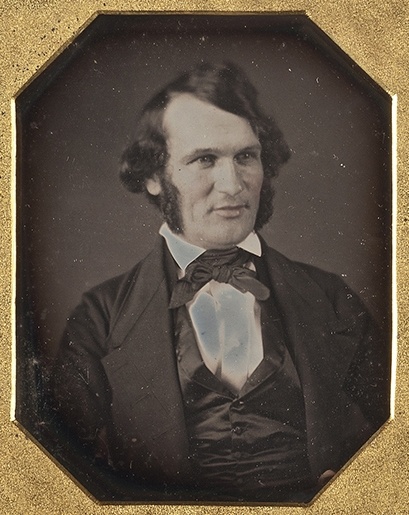
Alexander Ramsey
Public domain
Holding Location
More Information
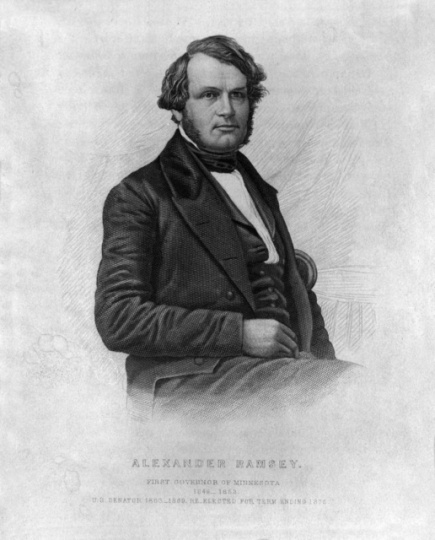
Alexander Ramsey
Public domain
Holding Location
Articles
More Information
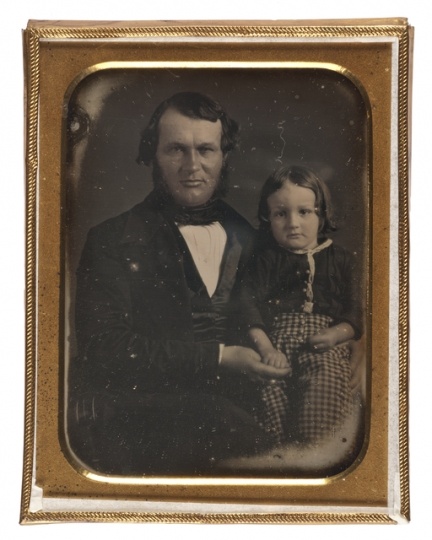
Alexander Ramsey and Alexander Ramsey Jr.
Public domain
Holding Location
Articles
More Information
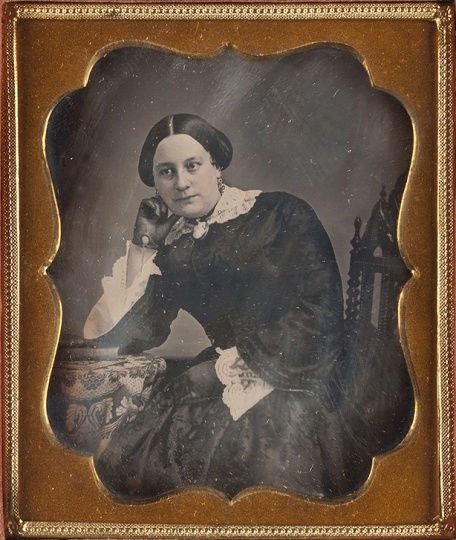
Anna Earl Jenks Ramsey
Public domain
Holding Location
Articles
More Information
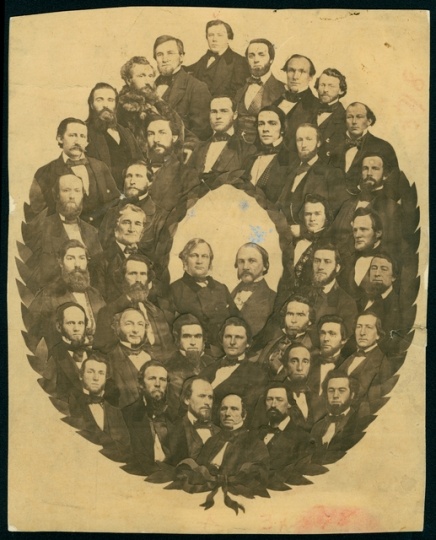
Collage of Minnesota's Senate, 1859
Public domain
Articles
More Information
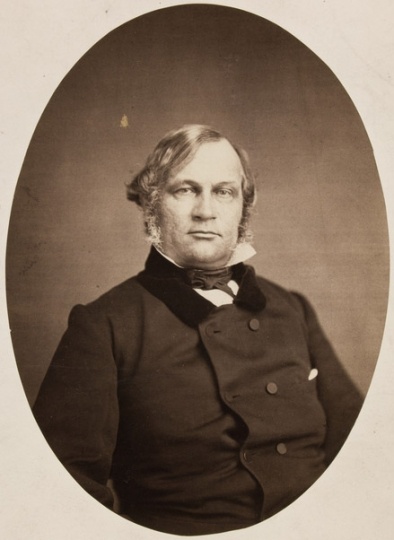
Alexander Ramsey
Public domain
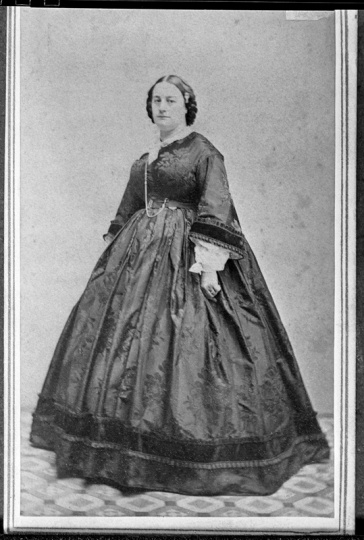
Anna Ramsey
Public domain
Articles
More Information
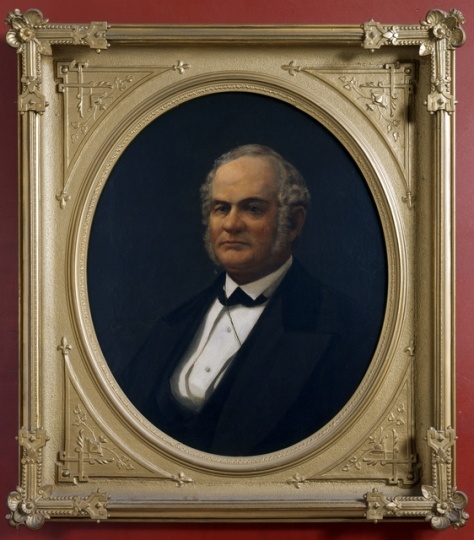
Alexander Ramsey
Public domain
Articles
More Information
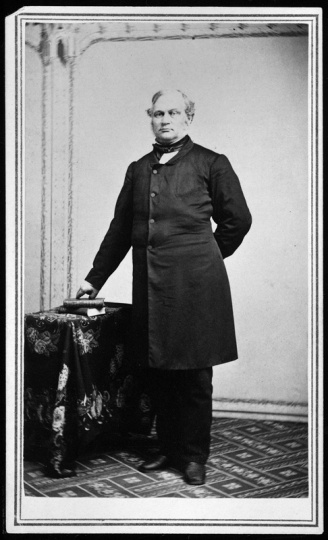
Alexander Ramsey
Public domain
Articles
More Information
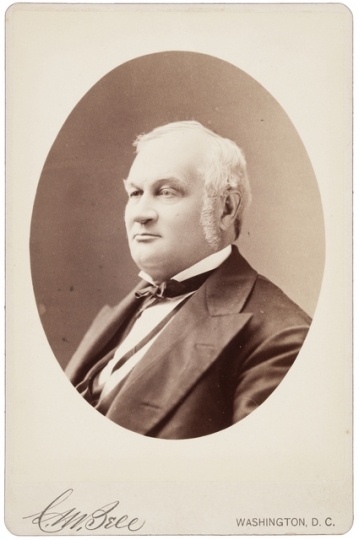
Alexander Ramsey, 1874
Public domain
Articles
More Information
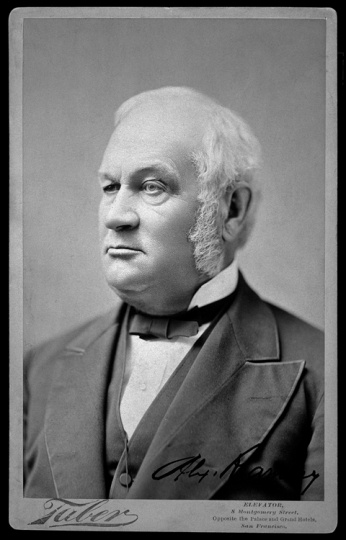
Alexander Ramsey
Public domain
Articles
More Information
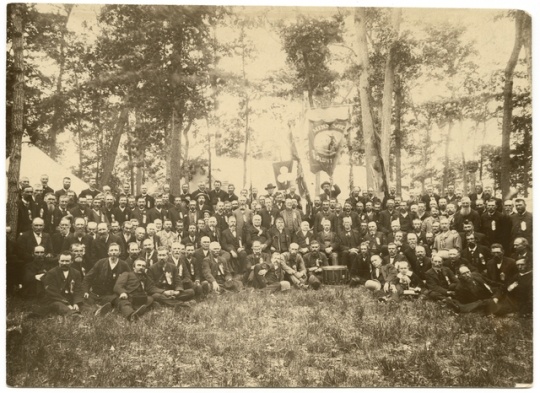
Reunion of the First Minnesota Volunteer Infantry Regiment
Public domain
Articles
More Information
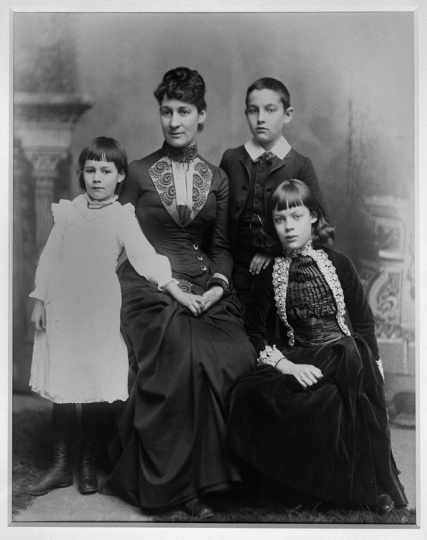
Marion Ramsey Furness and her children
Public domain
Articles
More Information
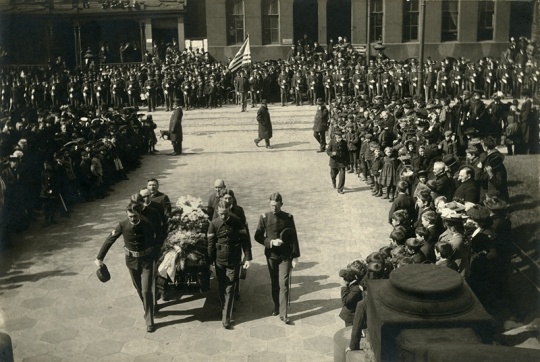
State funeral of Alexander Ramsey
Public domain
Articles
More Information
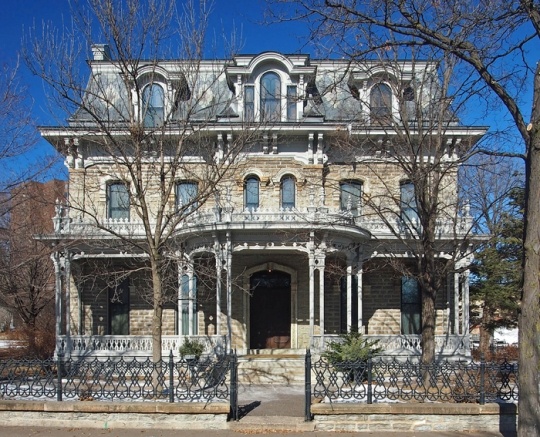
Alexander Ramsey House
Holding Location
Articles
Related Articles
Turning Point
In 1849, Alexander Ramsey is appointed the first territorial governor of Minnesota. His influence in the territory, and later the state, leads to urban growth, immigration, and (sometimes controversial) treaties with the Dakota and Ojibwe.
Chronology
1815
1839
1843
1845
1849
1851
1855
1857
1859
1861
1862
1863
1879
1903
Bibliography
Alexander Ramsey and Family Personal Papers and Governor’s Records, 1829–1965
Manuscripts Collection, St. Paul, Minnesota Historical Society
Description: Correspondence, diaries, real estate records, scrapbooks, school records and other materials documenting the career and family of Ramsey, a member of the US House (1844–1847) and Senate (1863–1875); Minnesota territorial (1849–1853) and state (1860–1863) governor; mayor of St. Paul, Minnesota (1855–1857); secretary of war (1879–1881); and chairman of the Utah Registration and Election Board (1882–1886).
Records of Governor Alexander Ramsey, 1860–1863
State Archives Collection, St. Paul, Minnesota Historical Society
Description: Includes accounting records; records concerning both civil and military appointments; letters received; records relating to pardons and other criminal matters; and petitions. There is substantial documentation of military affairs, especially concerning Minnesota regiments in the Civil War and the US-Dakota War.
White, Helen McCann. Guide to a Microfilm Edition of the Alexander Ramsey Papers and Records. St. Paul: Minnesota Historical Society, 1974.
Related Resources
Primary
Henry H. Sibley Papers, 1815–1932
Manuscript Collection, St. Paul, Minnesota Historical Society
Description: Correspondence, financial records, legal papers, speeches, research note cards, and miscellany of this early Minnesota fur trader, entrepreneur, and governor. More than a third of the papers concern the fur trade with the Dakota of the Upper Mississippi Valley from 1815 to 1855, documenting Sibley’s business association with the American Fur Company and its successor, Pierre Chouteau, Jr., and Company, as well as his interest in the treaties, wars, and welfare of the Dakota.
Secondary
Anderson, Gary Clayton. Kinsmen of Another Kind: Dakota-White Relations in the Upper Mississippi Valley, 1650-1862. Lincoln, NE: University of Nebraska Press, 1984.
Anderson, William. “Minnesota Frames a Constitution.” Minnesota History 36, no. 1 (March 1958): 1–12.
Babcock, Willoughby M. “With Ramsey to Pembina: A Treaty Making Trip in 1851.” Minnesota History 38, no. 1 (March 1962): 1–10.
http://collections.mnhs.org/MNHistoryMagazine/articles/38/v38i01p001-010.pdf
Berg, Scott W. 38 Nooses: Lincoln, Little Crow, and the Beginning of the Frontier’s End. New York: Pantheon, 2013.
Carley, Kenneth. The Dakota War of 1862. 2nd ed. St. Paul: Minnesota Historical Society Press, 2001.
__________ . Minnesota in the Civil War. St. Paul: Minnesota Historical Society Press, 2000.
Davis, Jane Spector. Guide to a Microfilm Edition of the Henry Hastings Sibley Papers. St. Paul: Minnesota Historical Society, 1968.
Folwell, William Watts. A History of Minnesota. 4 vols. Reprint of 1969 edition. St. Paul: Minnesota Historical Society Press, 2004.
Furness, Marion R. “Childhood Recollections of Old St. Paul.” Minnesota History 29, no. 2 (June 1948): 114–129.
http://collections.mnhs.org/MNHistoryMagazine/articles/29/v29i02p114-129.pdf
Gilman, Rhoda R. Henry Hastings Sibley: Divided Heart. St. Paul: Minnesota Historical Society Press, 2004.
Haugland, John C. “Politics, Patronage, and Ramsey’s Rise to Power, 1861–1863.” Minnesota History 37, no. 8 (December 1961): 324–334.
http://collections.mnhs.org/mnhistorymagazine/articles/37/v37i08p324-334.pdf
Kaplan, Anne. Making Minnesota Territory, 1849–1858. St. Paul: Minnesota Historical Society Press, 1999.
Lass, William E. Minnesota: A History. New York: W. W. Norton, 1998.
Nichols, David A. Lincoln and the Indians: Civil War Policy and Politics. St. Paul: Minnesota Historical Society Press, 2012.
Williams, J. Fletcher. History of the City of St. Paul to 1875. Reprint of 1983 edition. St. Paul: Minnesota Historical Society Press, 2004.
Web
Governors of Minnesota. Alexander Ramsey.
http://collections.mnhs.org/governors/index.php/10003978
Minnesota Historical Society. Alexander Ramsey House.
http://www.mnhs.org/ramseyhouse
Treaties Matter. Relations: Dakota and Ojibwe Treaties.
http://treatiesmatter.org/treaties/land/1851-Dakota
The US–Dakota War of 1862. Alexander Ramsey.
http://www.usdakotawar.org/history/alexander-ramsey
The US–Dakota War of 1862. Henry Sibley.
http://www.usdakotawar.org/history/henry-h-sibley
The US–Dakota War of 1862. Minnesota Treaties.
http://www.usdakotawar.org/history/treaties/minnesota-treaties
















